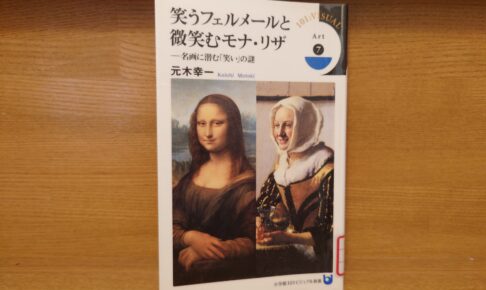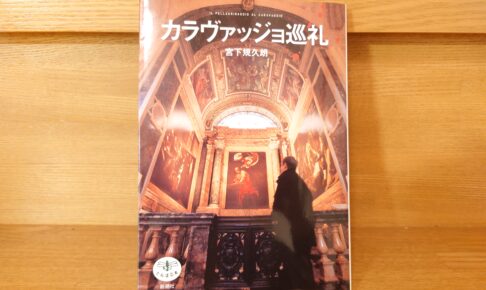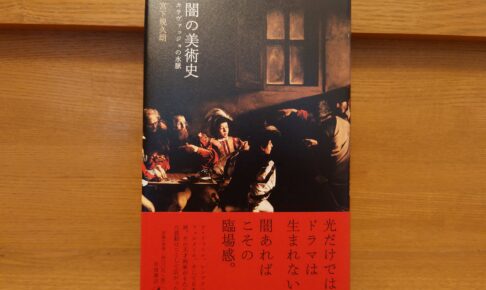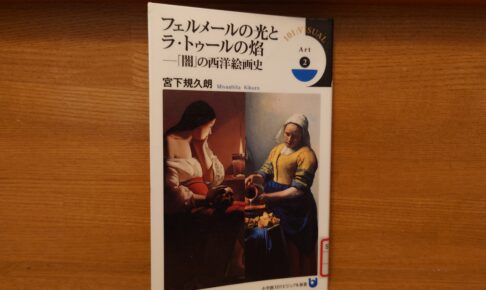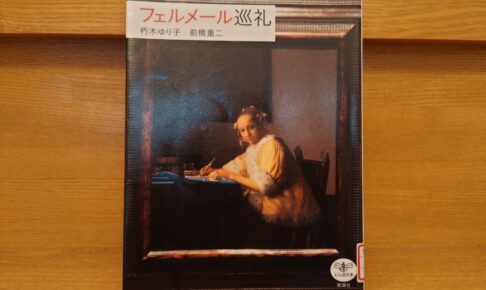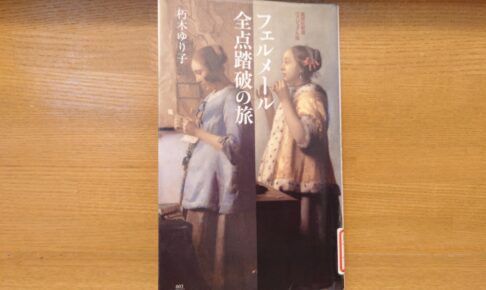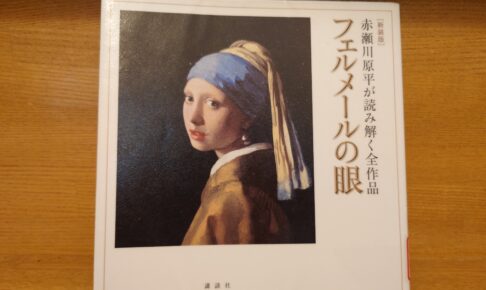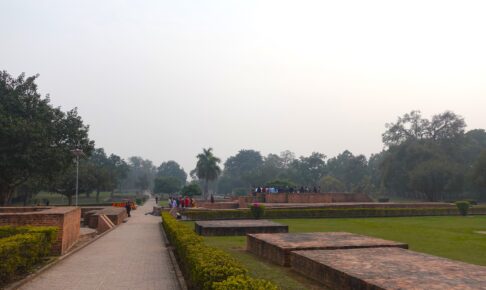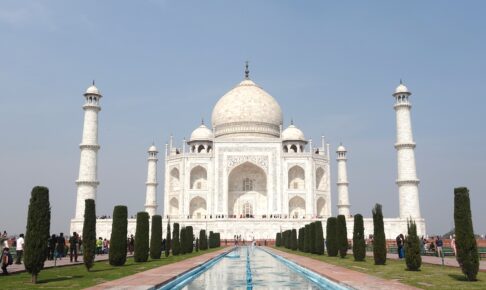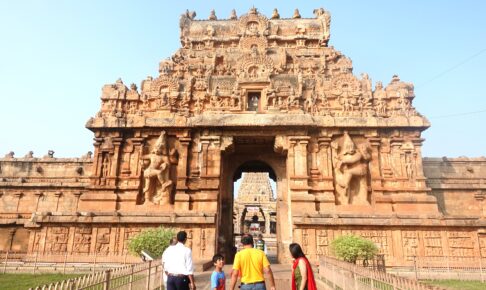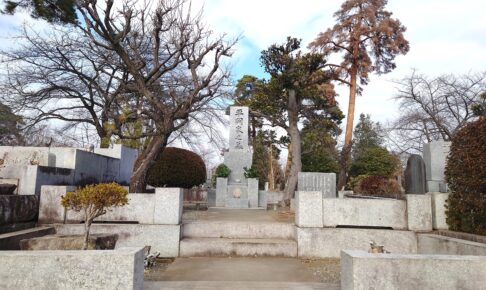Koichi Motoki, "Laughing Vermeer and Smiling Mona Lisa: The Mystery of Laughter in the Masterpieces of Vermeer and Mona Lisa" - Recommended commentary book to learn even the connection between smiles and Christianity.
As the title suggests, the book is an exploration of the hidden meaning of the smile in the history of painting, using the smiles of Vermeer and the Mona Lisa as its subject matter.
What struck me about this work is the meaning of a smile in Christianity.
This is something that is hard to notice just by looking at a painting, but once you know it, it changes the way you see it. I highly recommend this work.












